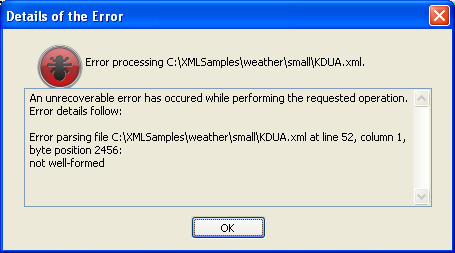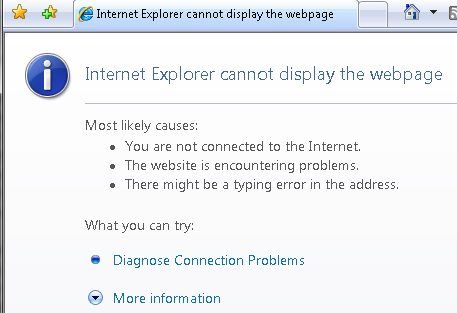
- XML TOOLS ERRORS DETECTED IN CONTENT GENERATOR
- XML TOOLS ERRORS DETECTED IN CONTENT CODE
- XML TOOLS ERRORS DETECTED IN CONTENT PASSWORD
You can easily import this information from databases and applications, revise it, and export it to the same or other databases and applications. For example, an invoice that contains the name and address of a customer or a report that contains last quarter's financial results are no longer just static reports. By using XML maps, you can easily add, identify, and extract specific pieces of business data from Excel documents. Key XML and Excel scenariosīy using XML and Excel, you can manage workbooks and data in ways that were previously impossible or very difficult. Choose the XML Files (*.xml) file type before you click the Open button to see the XML files in the folder. If XSLT files are linked to XML data files that you import into Excel, you do have the option to apply or not apply the formatting before the data is added to the worksheet, but only when you open an XML file by using the Open command from within Excel. You can apply these transforms before you import XML files into Excel and after you export XML files from Excel. The XML standard also defines Extensible Stylesheet Language Transformation (XSLT) (.xslt) files, which are used to apply styles and transform XML data into different presentation formats. Schema files (.xsd), which contain schema tags that enforce rules, such as data type and validation. XML data files (.xml), which contain the custom tags and structured data. XML data and schema filesĮxcel works primarily with two types of XML files: In short, XML greatly eases the definition, transmission, validation, and interpretation of data between databases, applications, and organizations. Using XML, application designers can create their own customized tags, data structures, and schemas. XML follows industry-standard guidelines and can be processed by a variety of databases and applications.

XML is a technology that is designed for managing and sharing structured data in a human-readable text file. Using the Excel macro-enabled Office Open XML Format file Working with repeating cells in XML tables The basic process of using XML data in Excel
XML TOOLS ERRORS DETECTED IN CONTENT GENERATOR
Think of these XML features as turning Office Excel into an XML data file generator with a familiar user interface. This is another line for the example.Microsoft Excel makes it easy to import Extensible Markup Language (XML) data that is created from other databases and applications, to map XML elements from an XML schema to worksheet cells, and to export revised XML data for interaction with other databases and applications.
:max_bytes(150000):strip_icc()/GettyImages-172268587-591239bc5f9b5864700a9c78.jpg)
This is an example, I made up the data. #Formatting and using gsub to get rid of invalid XML characters to successfully parse the data. Write.table(serviceXML, file="Sample.txt") #Change working directory to be able to save on network share drive

ServiceXML = content(getInfoInJsonSR, type = "text", encoding = "UTF-8") #Approach is to get the content as text so I can try to clean the data with gsub. Here's the steps I tried to do but I'm stuck: library(httr)

After looking through the file, it has these characters in it: There's one API that's giving me errors because when it tries to parse the data, there's invalid characters. #Using rbind to create the columns for the data frameĬontractDF = rbind(ContractDF,ame(contractId=contractId, #Parsing and getting the information for a specific nodeĬontractXML = content(getInfoInJsonCont) %>% xml2::xml_find_all("//contract")ĬontractId = contract %>% xml_find_all(".//contractId") %>% xml_text()ĬontractName = contract %>% xml_find_all(".//contractName") %>% xml_text()
XML TOOLS ERRORS DETECTED IN CONTENT PASSWORD
#Translate that to a plain POST call without namespacingĪuthenticate(user = "TOKEN", password = "x"),ĬontractDF = ame(matrix(nrow = 0, ncol=2))Ĭolnames(ContractDF) = c("contractId", "contractName") #Reformat the function source to make it more readable
XML TOOLS ERRORS DETECTED IN CONTENT CODE
All the information I got back is in XML, with most the API calls, it worked well with the code below: library(httr) So I'm trying to receive information from the web using API and turn it into a dataframe. Hello, I'm still new to R and I'm not good with XML or html.


 0 kommentar(er)
0 kommentar(er)
